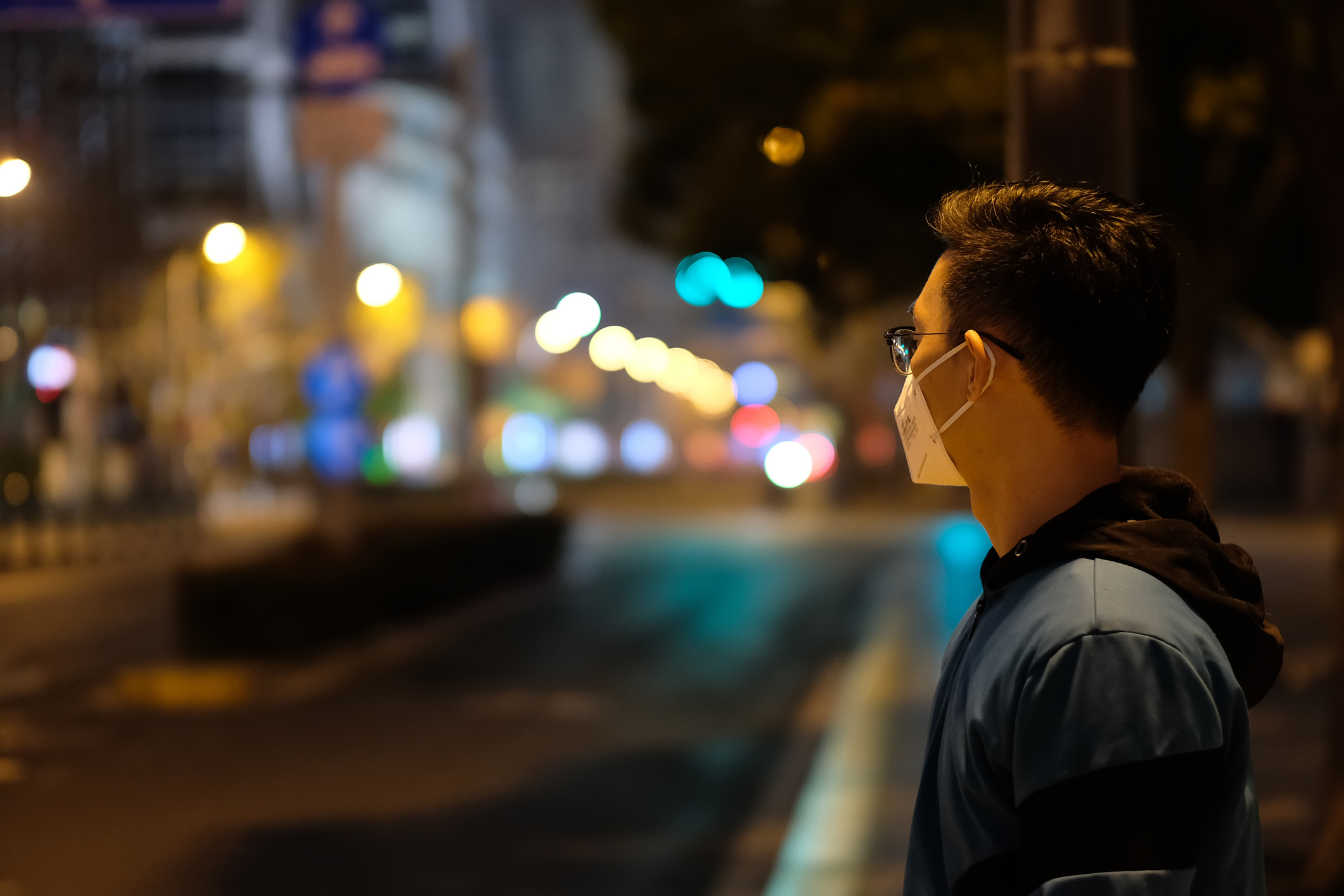By the end of March, 2020, in response to COVID-19, at least nine-tenths (93%) of the world’s population, or 7.2 billion people, lives in countries where national borders have been closed to non-citizens and non-residents. One week earlier, 82 countries had implemented partial or complete lockdown policies within the national borders, affecting approximately 3 billion people.
The world-wide close-down can be conceived as the embodiment of ‘regimes of mobility’, which indicates changing national and international regulatory administrations and surveillance that affect individual mobility.[1] The way in which state actors classify movements has deeply shaped the way in which people conceptualise mobility and stasis. Certain types of mobile subjects are sought after, and others are frowned on.
Discrimination and the impossibility of being immobile
Lockdown means immobilities are moral and legitimate. Nevertheless, some people, even though they stay put, are still discriminated against. For instance, as disclosed on Weibo, the largest Chinese micro-blogging website, people of Wuhan origin who were healthy and had observed lockdown were nevertheless suspected, avoided, put under excessive surveillance, and even banned from entering public places in some cities, despite of local officials declaring it as ‘a very rare phenomenon’ .[2]
There were also people wanted to stay put but were not allowed to. A Hubei truck driver experienced 20 days of ‘vagabondage’ on expressways because he had been in transit when Hubei was locked down.[3] He was not allowed to return to the province because of the lockdown, could not go to anywhere else either because of his Hubei license plate. He had to keep driving, until reaching a small city hundreds of miles away from his home with the help of a sympathetic local policeman.
“Good” mobilities and “bad” mobilities
While many nation states have temporarily closed borders to non-citizens and non-residents, China has put travel restrictions on all foreign nationals and strictly limited inflows of Chinese nationals based on the principle of ‘one airline, one flight per week’. [4] There were 1.4 million Chinese students overseas at the time of the pandemic outbreak. [5] 60% of Chinese students in the United States wished to return home immediately. But the Chinese government urged the students to stay put. [6] Repatriation has been organised but primarily for unaccompanied students younger than 18. Those who did manage to return received relentless criticism from Netizens. Returned students were condemned as ‘escapees’ and ‘people who bring the virus back home from afar’. It is forgotten many of the students had donated masks and other materials to the mother country only a few weeks earlier.
In contrast, both the state and the public applaud other forms of mobilities. The deployment of medical professionals from China to 89 countries and 4 international organizations were particularly highlighted by state officials. [7] Also praised were the medical teams consisting of doctors and nurses deployed from other Chinese cities to Wuhan, and they were extolled as ‘the most beautiful travelers moving against the stream’. [8]
As China flattened the curve in early March, the central government was eager to ease travel restrictions to resume economic activities. In Guangdong, a province hosting 40% of the 6 million migrant workers with Hubei origin, leading officials staged special ceremonies at railway stations to welcome returned migrants from Hubei. [9] These mobilities are said to be good because they contribute to China’s international image, reinforcing people’s identification with the Party state and revitalising the national economy.
In an age of global pandemic, nation states have redefined the meanings of mobility and immobility. Immobility is an obligation, and mobilities are either glorified or denounced. As Schiller and Salazar have pointed out, movements do not bring about neutral connections but instead ‘new confinements and modes of exploitation’. [10]
Xiao Ma received her doctoral degree in Chinese Studies from Leiden University Institute for Area Studies, The Netherlands, and is currently conducting postdoctoral research in Sociology at East China University of Science and Technology in Shanghai. She can be contacted via xiaoma@ecust.edu.cn
[1] Schiller, Nina Glick, and Noel B. Salazar. 2013. ‘Regimes of Mobility Across the Globe’. Journal of Ethnic and Migration Studies 39 (2): 183–200.
[2] He, Qiang. 28 January 2020. Deputy Party Secretary of Wuhan City responded to ‘Wuhan and Hubei people encounter discrimination’.
http://www.bjnews.com.cn/feature/2020/01/28/680977.html
[3] Hubei 50-year-old truck man trapped on expressway for 20 days: stop was not allowed anywhere, can only drive forward. 8 February 2020. https://www.sohu.com/a/371468818_120193171
[4] Emergency! China closes to complete border closing, suspending entry of foreign nationals, one airline, one flight per week. 27 March 2020. https://www.sohu.com/a/383444006_628944
[5] How many Chinese students overseas were infected amid the coronavirus outbreak? Is the return suggested? A explanation from the authority. 2 April 2020. https://interview.chinanews.com/gn/2020/04-02/9145358.shtml
[6] What does Chinese government concern about Chinese students overseas returning home? A response from the Ministry of Foreign Affairs. 1 April 2020. http://edu.people.com.cn/n1/2020/0401/c1053-31657351.html
[7] The State Council Information Office launched news conference regarding the China’s international cooperation of battling against the coronavirus. 26 March 2020. http://www.gov.cn/xinwen/2020-03/26/content_5495712.htm#1
[8] The most beautiful travelers moving against the stream amid coronavirus have a shared identity. 29 January 2020. http://news.cnr.cn/native/gd/20200129/t20200129_524952774.shtml
[9] Wang, Fan. March 20 2020. Special train with largest numbers of labors departing from Hubei
arrived at Guangdong, 1613 people returned to work in a ‘spot-to-spot’ approach.
https://m.21jingji.com/article/20200320/herald/369b94612b7049283d1e9b3c684266ef.html
[10] Schiller, Nina Glick, and Noel B. Salazar. 2013. Ibid.,
